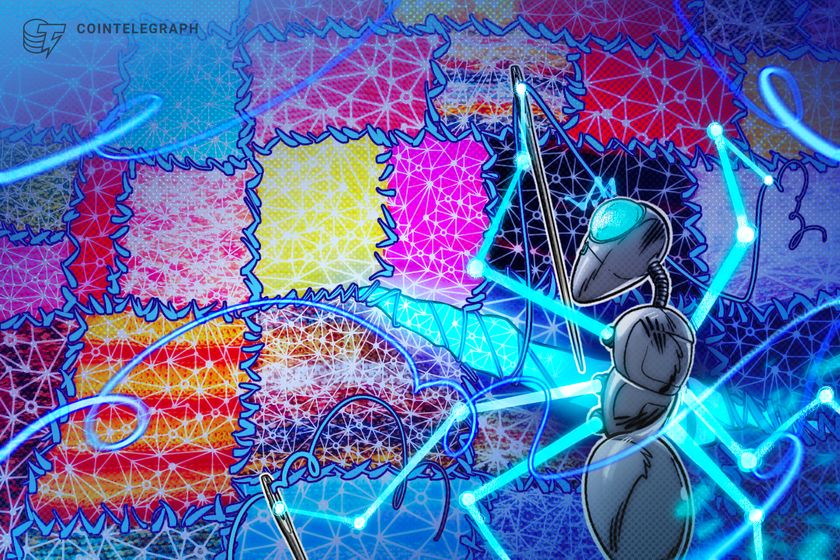
DeFi fragmentation hinders adoption, but chain abstraction at the account level could fix fragmentation
Opinion by: Richard Meissner, co-founder and technical lead at Safe.
The recent a16z “State of Crypto” report gave us something to cheer about. We’re seeing all-time highs in crypto activity, stablecoins are taking off, and AI agents might provide a new avenue for industry growth. But decentralized finance (DeFi), which manifests all of crypto’s most sacred values, remains the playground of a sophisticated minority.
In times of market volatility, crypto owners have been told to “hold on for dear life,” or hodl, but it seems we have been holding on for too long. As it turns out, only 5%–10% of crypto users are actively using their holdings. Instead of seeing ordinary people lining up to start their self-custody journey, market growth in crypto this year has been driven by things like Bitcoin (BTC) and Ether (ETH) exchange-traded funds (ETFs) and stablecoins, showing a lack of adoption of industry principles.

